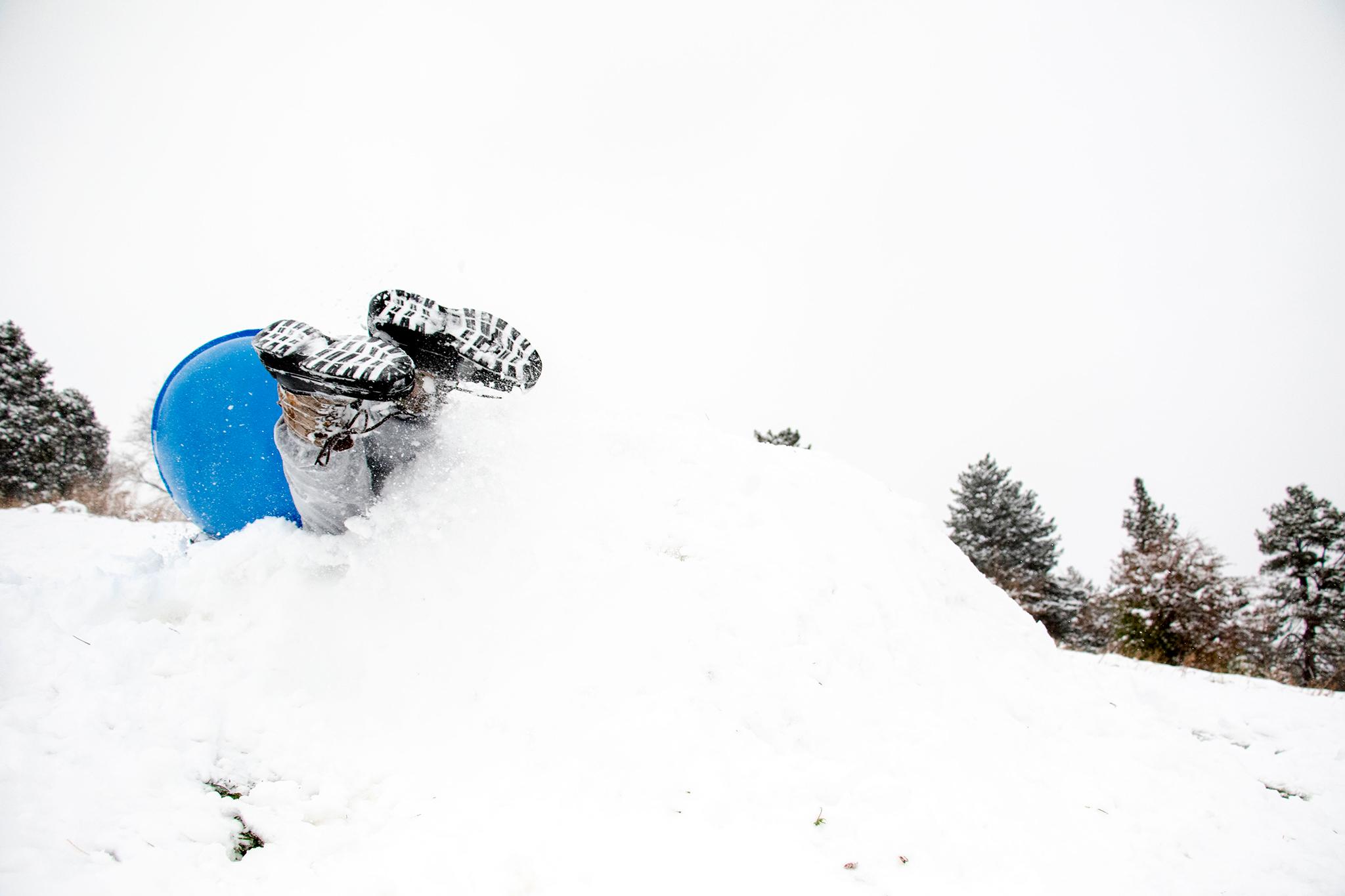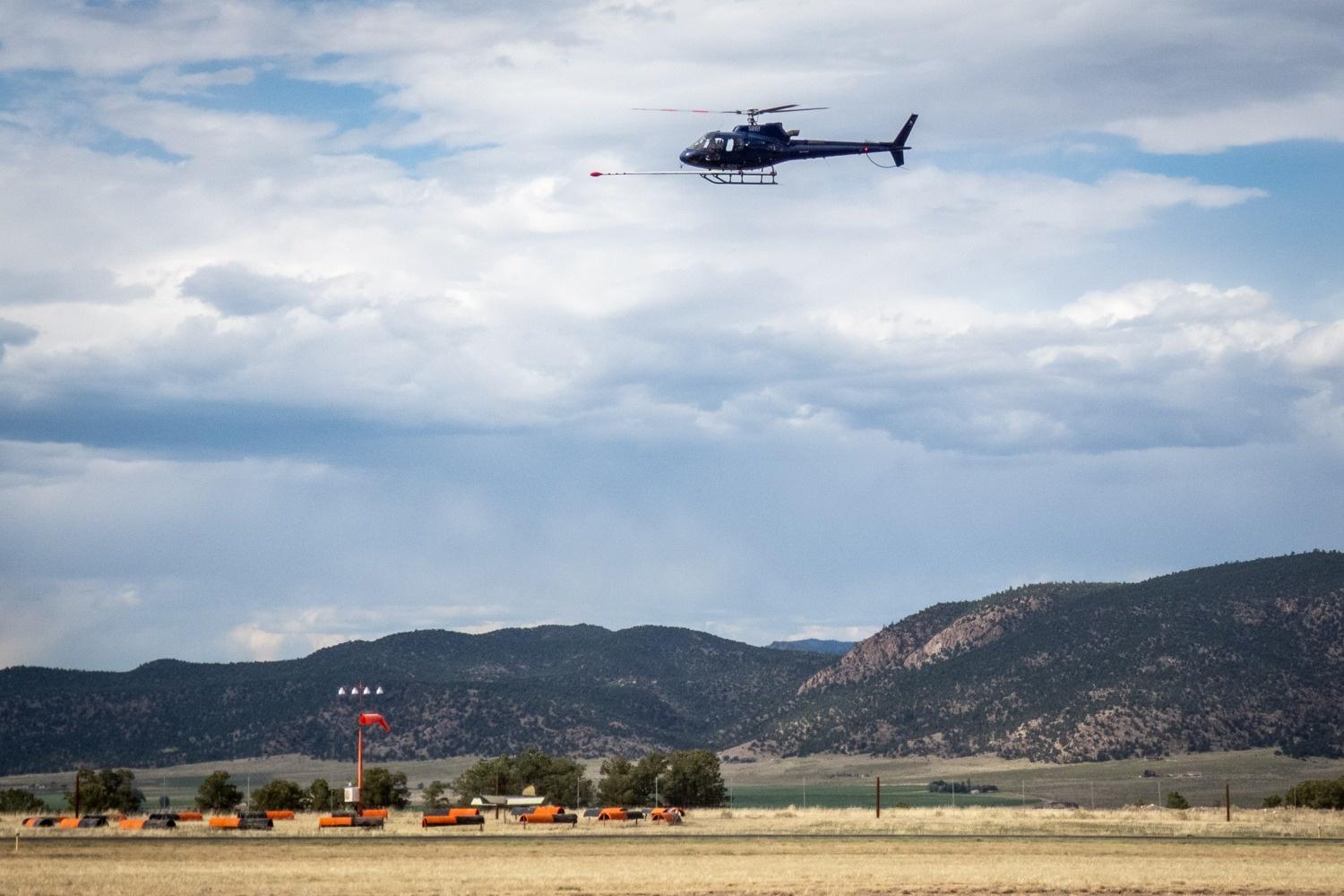
In summer 2019, temperatures soared in the San Luis Valley, ushering in a new record high of 115 degrees Fahrenheit.
Colorado was quite toasty during July, August and September, which registered as the hottest individual months on record in 2019.
But then came the October blizzard.
“Our transition from summer to fall really gave us whiplash,” Becky Bolinger said, assistant state climatologist at Colorado State University. “We went from the hottest September on record to the fourth coldest October on record.”
Colorado weather has always had large swings. But 2019 seemed to bring a particularly extreme roller coaster of variability.
Take precipitation, for example. In early 2019, Western Colorado weather stations recorded ample rain and snow, so much so they were on track to set records for moisture. But then it stopped raining and snowing between July and December, which dried up the region.
“If you look at the first half of the year it was one of the top-ranked wettest. If you looked at the second half of the year it was one of the top-ranked driest,” Bolinger said. “It averaged out to be a near-average year for precipitation.”
In many walks of life, “average” is not something many people strive for. But in the Colorado weather world, it's a good thing. If the weather is too wet, that can prompt mudslides and flooding. If it’s too dry and hot, that can bring drought.
Given that the 2017 and 2018 drought hammered much of the state, Bolinger said an average 2019 was a good thing.
And good news: 2020 so far seems to be average, too.
“As long as we keep on this path, we’re doing a great job,” she said.








